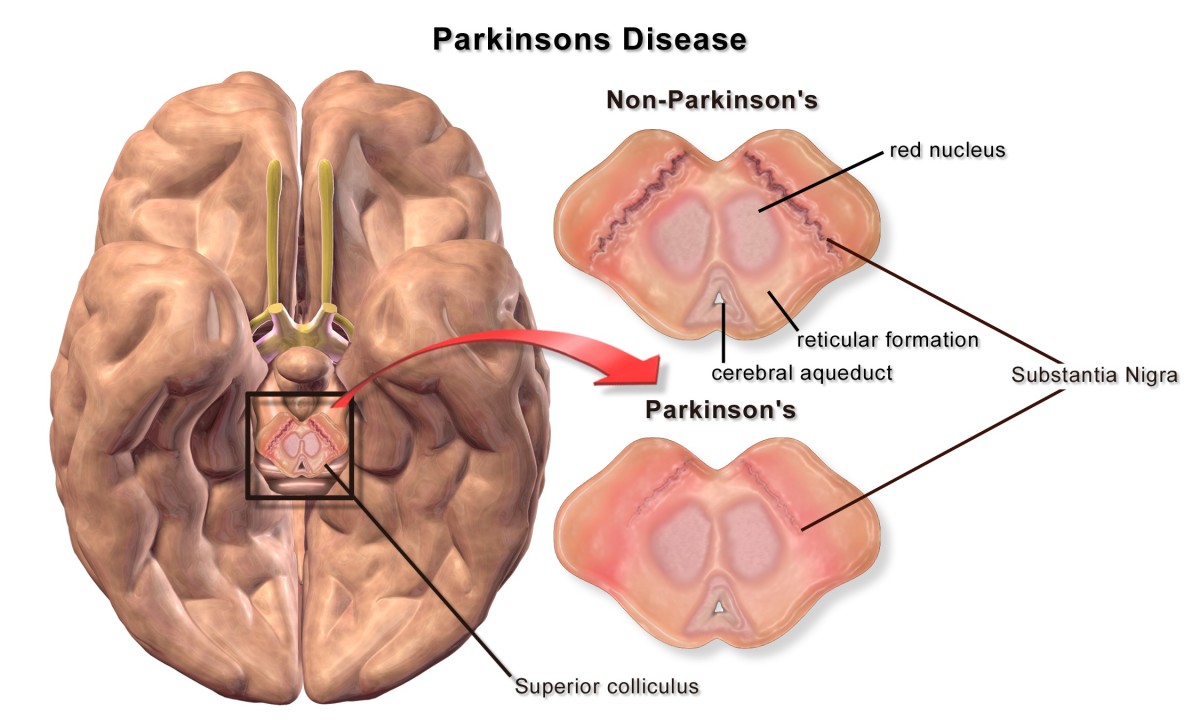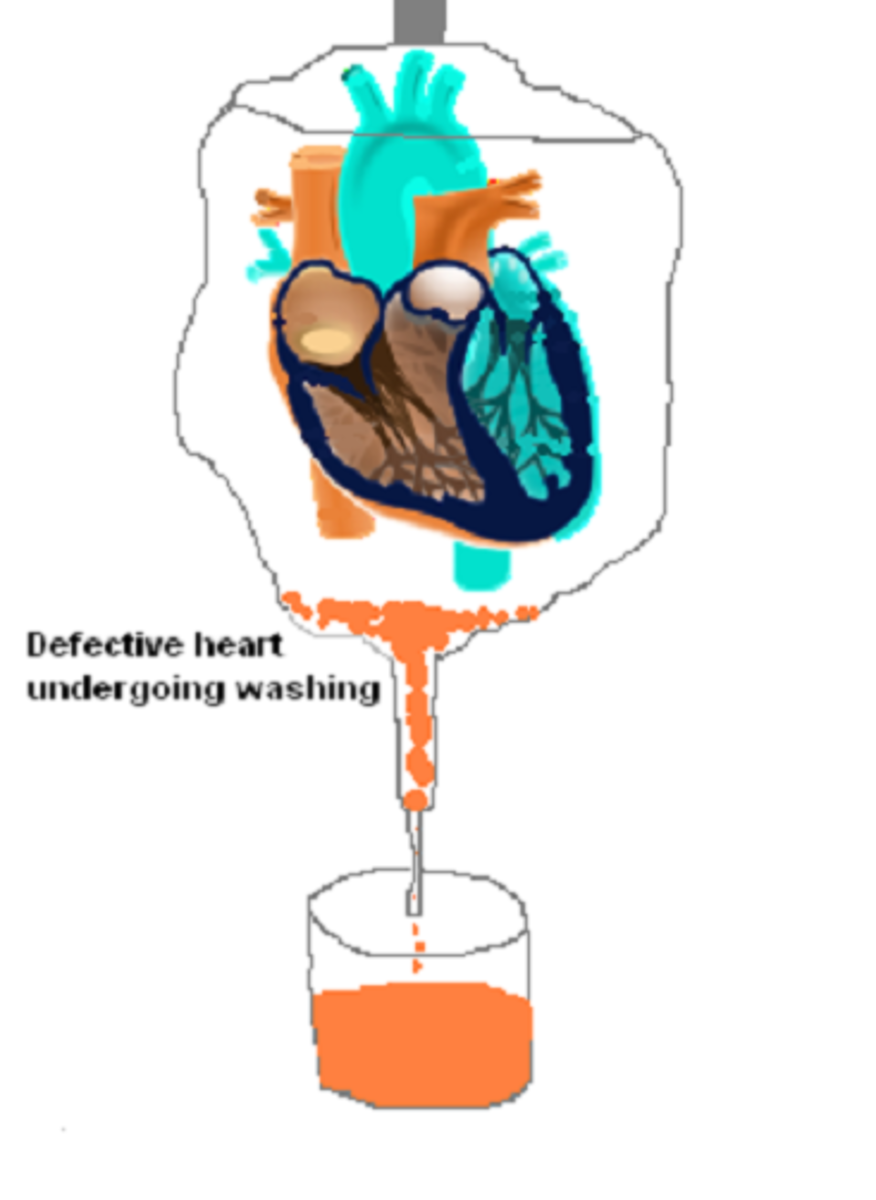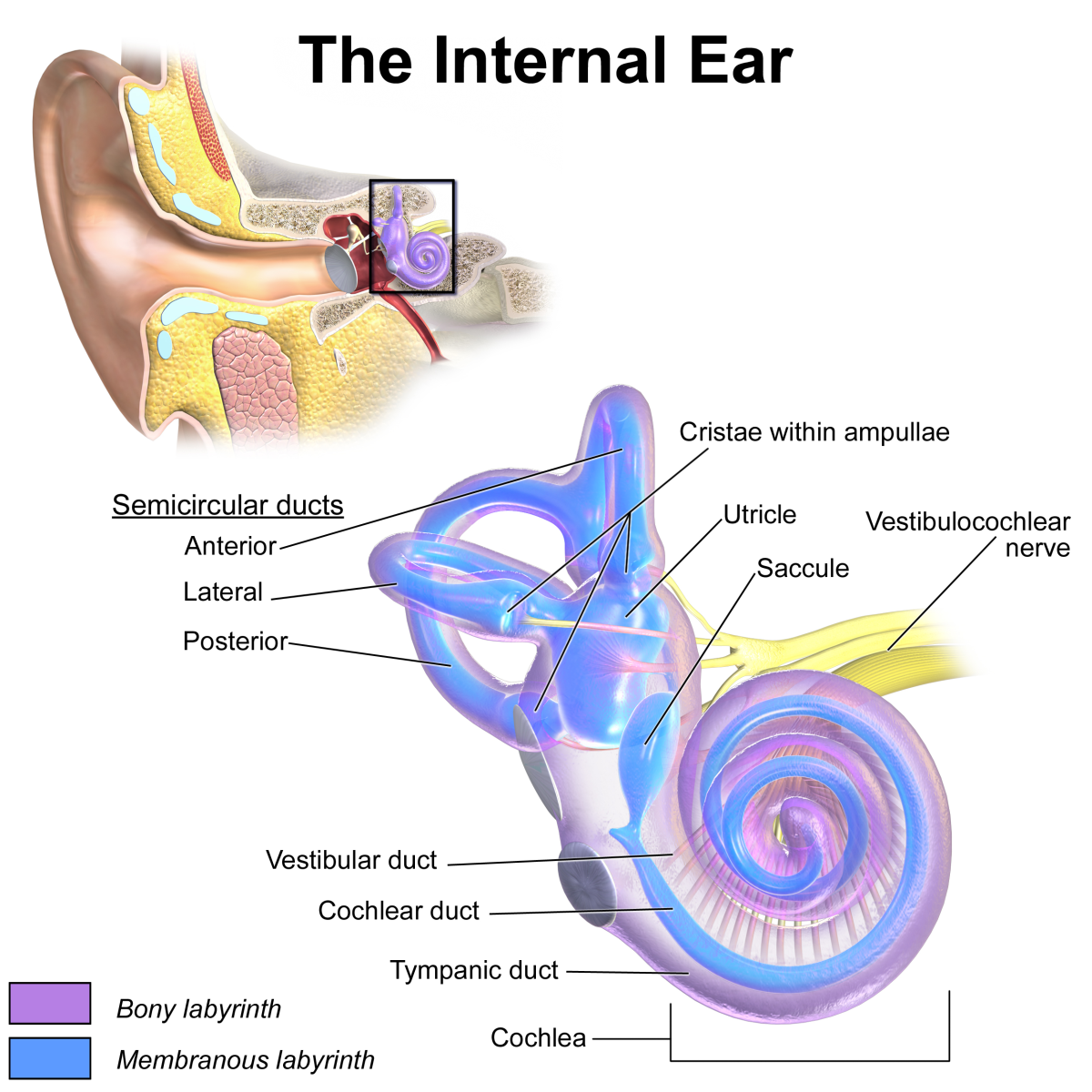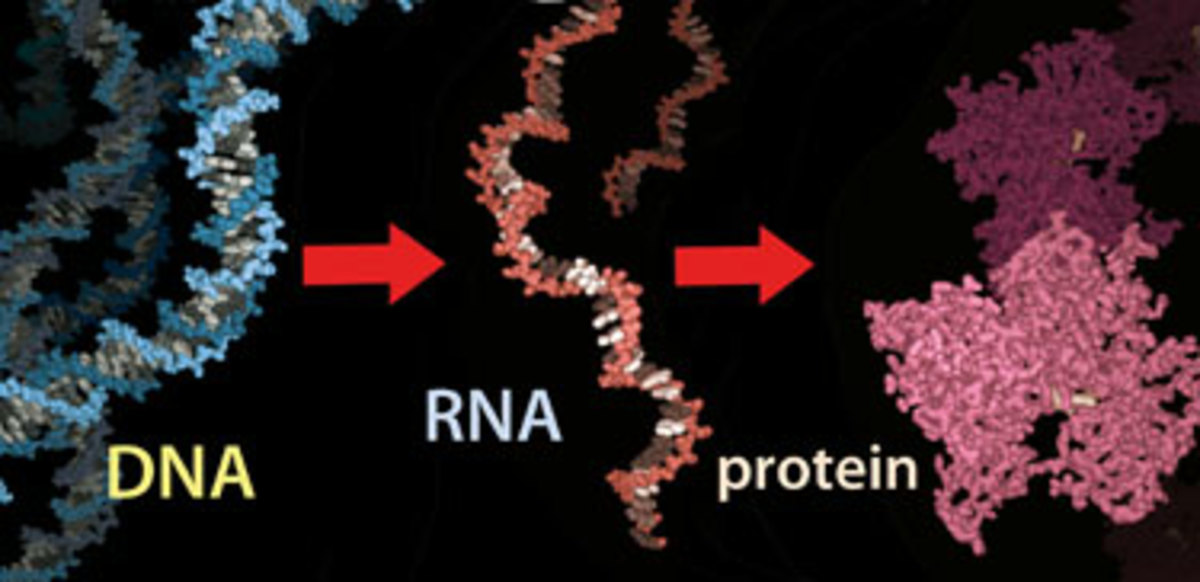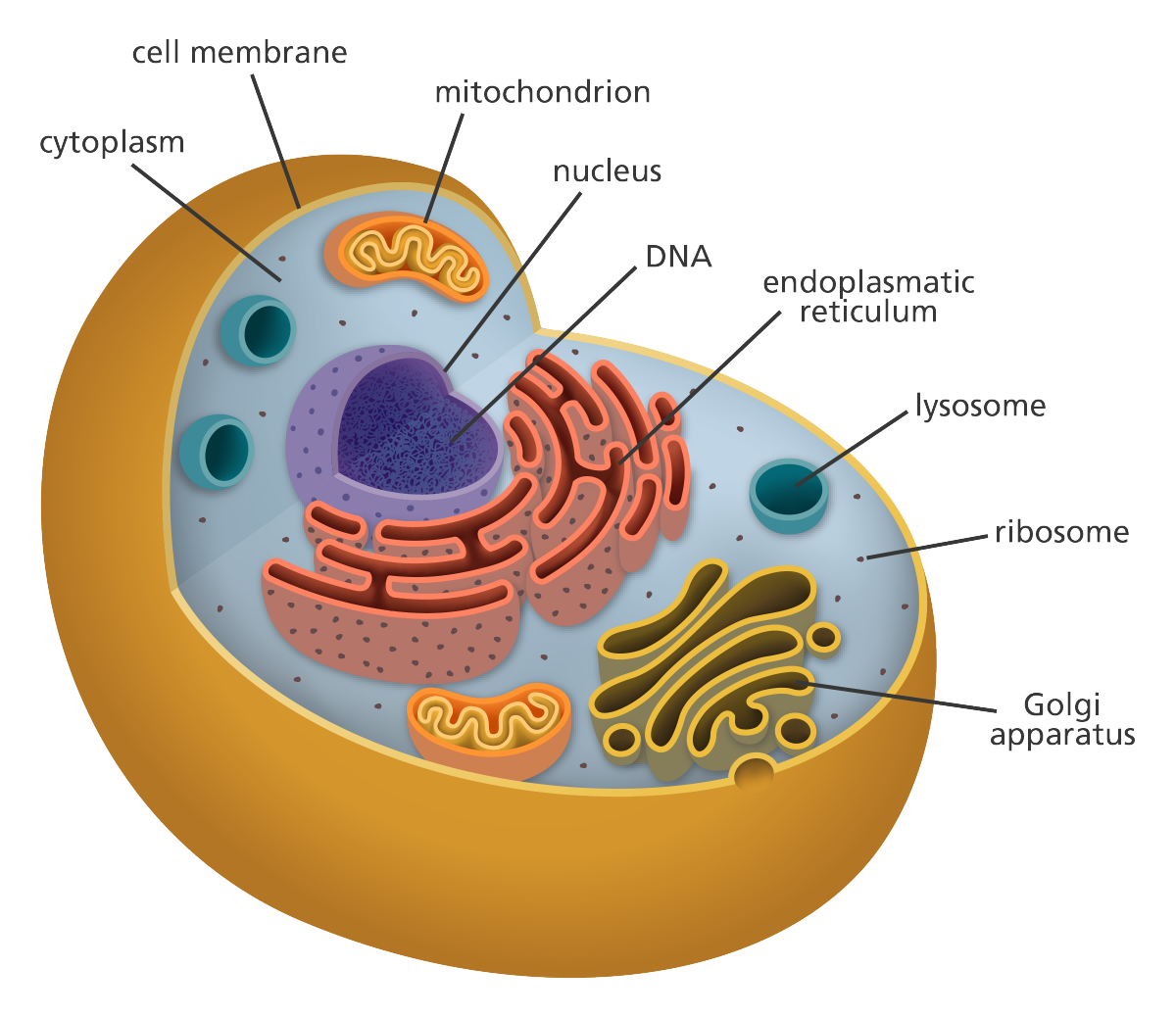Understanding of Design in a Human Being to Apply in Stem Cell Therapy
Corm of ginger
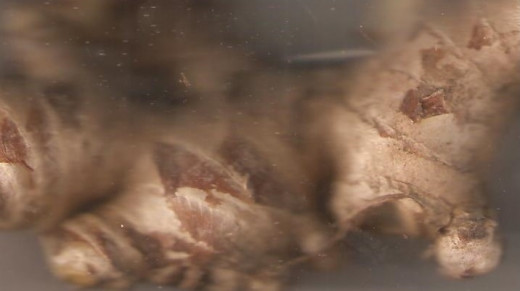
Design is an assumption in a multi-celled organism like a human being
Is there design in multi-celled organisms? Let’s take a more specific example: ginger. Ginger is an herb. It has above ground components like false stem and leaves. It has underground parts like roots and corm.
If you look at ginger growing in different locations, you will observe that the stem and leaves have a pattern. The leaves are long, pointed toward the end, with a midrib and blades on both sides of the midrib.
The corm, sometimes called tuber, has no definite pattern from one ginger plant to another. It grows in the soil turning up and down producing branches from each bud.
We say that the above-ground part of a ginger has a regular design The part below the soil surface has no regular design.
What are the causes of the regular design and the non-regular design in ginger? We know that genes of the ginger control the growth of every part. Genes also control the shape and size of this plant. Of course, we know that the environment affects the ginger. In a fertile soil, the ginger grows robust, producing a big corm. In poor soil, the plant is stunted, producing emaciated corm.
As to the interaction between genes and environment, we say that the genes control the full potential of ginger. The environment limits the expression of the full potential of the plant.
We now turn our attention to stem cells. Ginger originated from a single stem cell. This stem cell differentiated resulting in false stem, leaves, roots and corm. Ginger grown from a corm is propagation by cloning. That is, the genes in the corm are the same genes found in the new ginger plant.
One question to ask is: what makes a stem cell to differentiate into a false stem and into a leaf? What makes a stem cell to differentiate into corm?
Let us go into a human being
We discussed ginger as a demonstration of design in an organism. What makes a stem cell to differentiate into a human being? Let us limit our discussion to design. What makes stem cells to differentiate to produce parts and take the shape of a human being?
There is a kind of genes called gatekeeper gene (Cummings, M. Human Heredity Principles and Issues. 2009). For example, the gene p53. This is a gene that controls switch on and switch off. In the development of disease, like cancer, gene p53 can block its initiation or progress by switching off. It can allow initiation and progress of cancer when it is switch off. There are two points in cell division called mitosis where gene p53 serves as security guard. However, when gene p53 is mutated it cannot perform is duty. Thus an initiated tumor progresses into cancer.
There is another kind of genes called caretaker gene, according to Cummings. This ensures that a normal human being always has 46 chromosomes.
It is highly probable that the caretaker gene controls the design in a human being.
What is the proof?
There are several possible ways to answer this question.
One way is to make design an assumption. Turn design a given.
Stem cells will then differentiate and some of them graduate into adult cells fulfilling the design. Thus parts are produced and functions are evolved that come together according to design.
If design is turned as an assumption it does need to be proven in the making of a human being.
However, if we ask who made the design, design itself has to be proven.
That is the way of science. Design as part of a theory does not need to be proven. But when the theory itself needs to be explained, design has to be proven.
This way of reasoning is valid. Einstein himself used Lorentz transformation and speed of light as assumptions in his generalized theory of relativity. Lorentz transformation has never been proven in the way of experiment or observation. Of course, the speed of light was measured by Michelson and Morley. The proof of Lorentz transformation is by means of deductive logic.
Design has implications in stem cell therapy. I have discussed in other Hubs a “stem cell-organism” theory. This serves as basis of stem cell therapy.
One stem cell researcher said that if we knew what makes a stem cell differentiate into another stage of undifferentiated stem cells then into adult cells that contribute to a human being, then we will get more benefits from stem cell therapy. If that cause were known, like DUFF1220, what is to be done is to add that to the stem cells being grown in dish. It appears that it will take a long time to acquire that knowledge.
The implications of design must be thought through and hypotheses that result from them must be tested in research.
What could be one implication?
There is no need to know what causes stem cells to differentiate into another stage of stem cells. For example, multipotent stem cells differentiate into unipotent stem cells. Unipotent stem cells differentiate into adult stem cells. These differentiate into adult cells like skin, bone, lungs, brain, blood, heart, artery, pancreas and many more.
Suppose a patient is suffering from heart disease or narrowing of heart artery. Assuming design how to cure this heart disease? First step is to dissolve the plaque that makes the heart artery narrow. This can be done by means of infusion chelation therapy. This therapy has been proven effective and safe by means of double blind statistical design.
Next step is to increase the population of multipotent stem cells. Multipotent cells give rise to endothelium progenitor cells (EPC) that circulate in the blood. In a way EPC helps in the circulation of blood carrying with it stem cells, this had been found by scientists earlier (Mikirova, N. A. et al. Circulating endothelial progenitor cells: a new approach to anti-aging medicine? Journal of Translational Medicine. Dec. 2009).
The population of stem cells and EPC is increased by a nutritional supplement now in the market: Stem-Kine. Another way is to use cord blood that is known to contain multipotent stem cells. Stem cells from the cord blood are grown in dish then injected to the patient. However, the use of stem cells from the cord blood alone may be slower in curing heart artery than when a high population of EPCs is circulating in the blood.
From the above discussion, a hypothesis is formulated, thus:
"Multipotent stem cells give rise to stem cells and EPCs that repair the heart artery."
This hypothesis is amenable to verification. This hypothesis does not involve knowledge of what causes one kind of stem cell to differentiate into another kind of stem cells and eventually heal the heart artery. What is needed is to ensure a high population of stem cells and EPCs.




